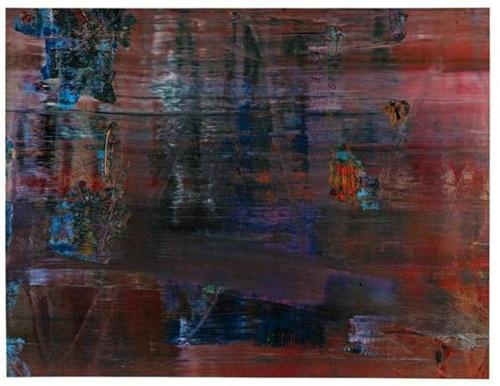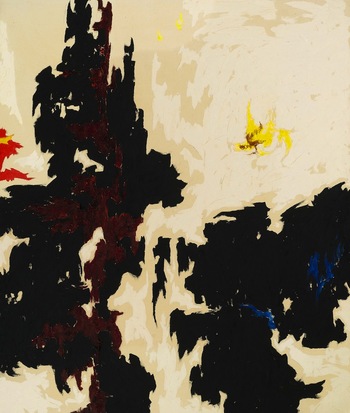Technology is changing all around us, and the issues for museums, it seems to me, are quite challenging. Choices are not inconsequential, and they are not (usually) easy to pull off. In an era of limited resources, where should time and money be spent?
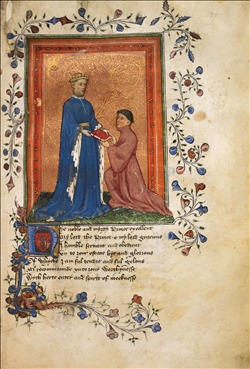 All of that is a preface to my praise for what the British Library is doing with its Royal Manuscripts exhibition, which opened on Nov. 11. Subtitled “The Genius of Illumination,” it looks from afar to be a real occasion — a must-see exhibit if you are in London. And, combined with the once-in-a-lifetime Leonardo exhibition at the National Gallery, it maybe even worth a trip there. Here’s the billing from the press release:
All of that is a preface to my praise for what the British Library is doing with its Royal Manuscripts exhibition, which opened on Nov. 11. Subtitled “The Genius of Illumination,” it looks from afar to be a real occasion — a must-see exhibit if you are in London. And, combined with the once-in-a-lifetime Leonardo exhibition at the National Gallery, it maybe even worth a trip there. Here’s the billing from the press release:
Royal Manuscripts: The Genius of Illumination is the British Library’s first major exhibition to bring together the Library’s Royal collection, a treasure trove of illuminated manuscripts collected by the kings and queens of England between the 9th and 16th centuries. Launching on 11 November this dazzling exhibition will debunk the myth that these were ‘the Dark Ages’ by showcasing beautiful artistic artifacts.
That’s Henry V as a young prince, Thomas Hoccleve, c. 1430-38, at left, drawn from the exhibition.
What’s also interesting is that you don’t have to go to England… the show comes with an app, available worldwide for iPad, iPhone and Android device. It includes more than 500 images and six videos by royal experts. The cost is £2.49 for iPhone and Android, £3.99 iPad, and before the exhibition opened, there was an introductory offer of £1.49 for iPhone and £2.49 for iPad.
Here’s a description of what’s in it.
OK, it’s not really a substitute for the real things, but… it’s pretty good.
It will be interesting to see how many people buy the app during — and after — the exhibition. Will the takeup rate be higher than for catalogues (usually less than 5% of visitors)? I’d guess yes, given the lower price for an app. Will it have an afterlife, when the exhibition closes?
It will also be interesting to see how, and when, buyers use the app — while they’re at the British Library, before, after, or all three? Will having the app discourage or encourage people from going to see the exhibit in person?
We’re still in the early stages of this revolution. Museums, and libraries, will – I hope — be sharing information about development and usage. And when I see an app worth noting, I’ll list it, too. If you have suggestions, please share them with RCA readers in the comment section below.
Photo Credit: Courtesy of the British Library

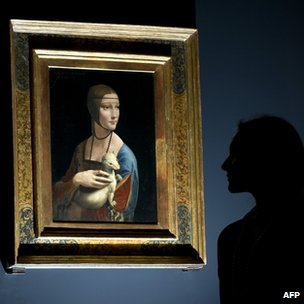 And here’s another first, I believe: People who could not get into the opening — which means almost everyone, because this ticket was hotter than tickets to the Super Bowl — were able to watch it at the cinema. That’s right, an art opening — not the Metropolitan Opera — merited live coverage, transmitted to movie theaters. How extraordinary.
And here’s another first, I believe: People who could not get into the opening — which means almost everyone, because this ticket was hotter than tickets to the Super Bowl — were able to watch it at the cinema. That’s right, an art opening — not the Metropolitan Opera — merited live coverage, transmitted to movie theaters. How extraordinary.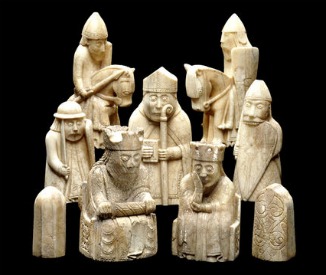 It’s a show of the Lewis Chessmen, 34 of which have been borrowed from the British Museum for The Game of Kings: Medieval Ivory Chessmen from the Isle of Lewis, which begins on Tuesday and runs through April 22. I took the occasion to write a
It’s a show of the Lewis Chessmen, 34 of which have been borrowed from the British Museum for The Game of Kings: Medieval Ivory Chessmen from the Isle of Lewis, which begins on Tuesday and runs through April 22. I took the occasion to write a 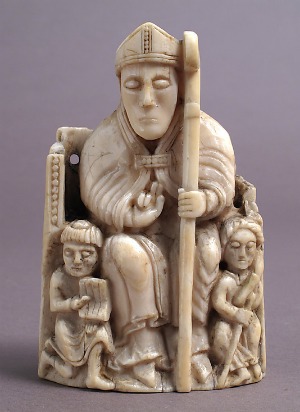 The Met will supplement the Lewis chessmen, which will be shown in an endgame of a famous chess match, with chess pieces from its permanent collection (more details
The Met will supplement the Lewis chessmen, which will be shown in an endgame of a famous chess match, with chess pieces from its permanent collection (more details 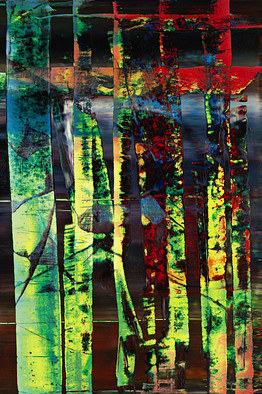 Aside from the Clyfford Still bonanza ($114.1 million,
Aside from the Clyfford Still bonanza ($114.1 million, 